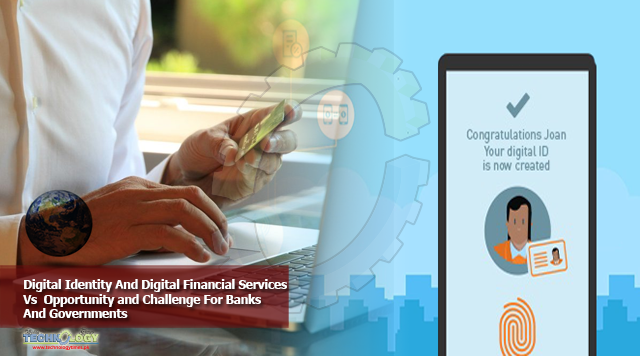The adoption of digital financial services will be accelerated by the pandemic, with corresponding impacts to digital identity, according to a new report from digital financial services company 11:FS.

By Chris Burt
The 101-page report on “How the COVID-19 pandemic will accelerate digital financial services” notes severe short, medium and long-term consequences to the financial sector, and claims that survival for companies will depend on successful digital transformation.
The report says that traditional government responses to financial crisis, such as lower interest rates, will not work, and record loan-loss provisions by big banks show the expected affect on the financial sector. At the same time, digital banking use has spiked.
Among the medium-term impacts identified, digital identity and verification are identified in the report as the only way to open new accounts during the pandemic, with digital payments and credit scoring replacing in-person methods.
Behavioral biometrics to quickly authenticate customers will be among the AI technologies used more widely in the long run, according to 11:FS.
Change in the sector cannot come fast enough, as Signicat research shows 41 percent of people in Europe were unable to access financial services during the lockdown.
The forthcoming “The Battle to Onboard 2020: The impact of COVID-19 and beyond” report shows one-third of European consumers do not see why fully digital onboarding would be unavailable from their financial institution at this time.
Most respondents (70 percent) not only have an account with a digital-first financial service provider, but 69 percent of them say it is better than traditional financial services.
“Our regular research into consumer attitudes around digital onboarding has found that financial services have struggled to keep up with consumer demands in the later years.
One of the effects of the pandemic has been to bring this into sharp focus, turning a desire for digital services into a desperate need. Consumers expect to be digital customers which are, according to big banks, 2-3 times more profitable and more loyal than branch-only customers,” says Singicat CEO Asger Hattel.
“The majority of consumers want the option of banking 100 percent digitally, including the initial application and onboarding. Digital onboarding is in fact crucial, as consumers will see it as a preview of the service—a poor user experience will lead to many abandoned applications.”
On the other end of the spectrum, Pakistan’s biometric Ehsaas Emergency Cash Programme has reached Rs 193.96 billion (US$1.16 billion) within its first 100 days in operation, The Nation reports.
The program had reached 112 billion Pakistani Rupees ($695 million) by late-May, after being launched on April 9. At the time the program was reported to have been allocated $900 million. Since then it has disbursed nearly 82 billion rupees ($491 million) in additional funding.
The government of Pakistan set a new target, based on the program’s success, to reach more than 16 million beneficiary families, up from the previous target of 12 million.
Supplementary methods of authentication are available for those are unable to successfully authenticate their status with biometrics.
Australia is planning to revamp its welfare payment platform that could use the digital identity capabilities of the “permissions and permits platform” the Digital Transformation Agency is working on, according to The Mandarin.
Minister of Government Services Stuart Robert told a National Press Club audience that the whole-of-government digital architecture announced last year is well under way.
The beta release of the myGov, which completed its digital integration pilot a month ago with 1.3 million enrolled identities, will be scaled up to provide digital identity for all government services. A unified voice biometric service will also be used to secure telephone services to make them more respectful and inclusive, Robert says.
Originally published at Biometric update